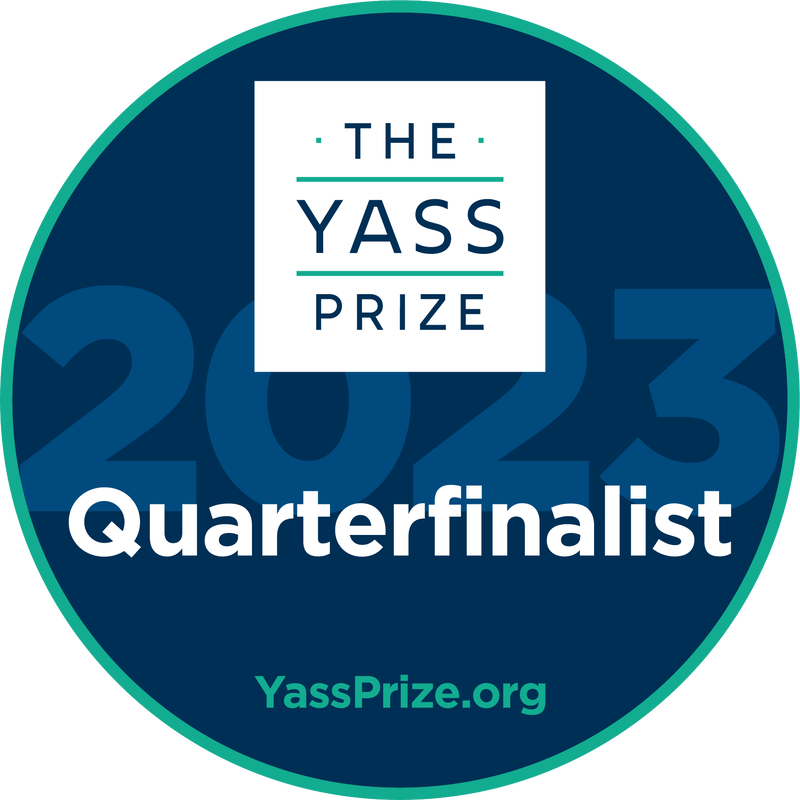|
I have found that many educators and parents feel confused by what a “student-led” project really means. Often, they tend to assume that if a project is student-led, it’s not actually hitting any learning standards. Or, they think the students don’t really want to learn, so we have to trick and coerce them into working towards certain outcomes. I have found this to be completely wrong in the past 5+ years of working with students. Students are deeply, deeply interested in learning. They are curious, creative and interested in many different topics. When I approach an inquiry subject, I am eager and excited to see where it leads. Our inquiry blocks are focused on science, social studies, and language arts standards. We take a certain “lens” and help develop it with our students for further exploration and discovery over 5-7 weeks. I am a very flexible thinker. I have my degree in business but almost have enough college credits to have a minor in philosophy. I enjoy exploring the unknown, diving into deep questions, and discussing topics that have no clear conclusions but lead to opening, healing, and awakening. Inquiry time at The Innovation School allows me to explore all this and more with our students. We begin each inquiry block with a discussion and brainstorming session. Students discover what lens we are exploring and are given ample time for reflection and asking questions. We start with asking “What do you think you might learn about during this inquiry block?” So many possibilities are born from the students. We dig in. We research. We may go on field trips to lean into different pathways. It’s these different pathways that provide the most student creativity and exploration. Students are often given a chance to create personal independent projects. These are based on their interests and passions. For example, during our first inquiry block, which ran for about 5 weeks, our students learned about decisions that heroes make, as well as explored a fictional read aloud about two fictional heroes that encountered difficulties and overcame them through personal growth and challenges. This catapulted us into learning about ND heroes from the Teddy Roosevelt ND Hall of Fame as well as other types of heroes. Then each student chose a specific heroic person to learn more about. Since we work within multi-age environments, each project ends up looking different. Several of our older students (4th and 5th grade) decided to learn more about ND heroes. This took them more in-depth within local researchers and resources. One of our younger students decided to learn more about rescue heroes such as EMTs and firefighters and another was excited to learn about an NFL quarterback. Each of these heroes showed strong decision making skills (which was our focus for the block - “choices heroes make”) and helped our students see how decisions helped determine who these people became. Students decided to show their learning in a variety of ways and projects. Two created a poster, while 4 created cardboard sculptures. One created a diorama while another used whiteboards and figures to create a 3D representation of his idea. Another created a stage, with a full working curtain while another used a friend’s old crutches to show how Dr. Anne Carlsen learned to function without hands and feet. Then we took time for our students to present their work to the other classes within the school. I have found true student-led projects can be difficult to help facilitate. Researching is a difficult skill as is learning how to take good notes. Reflecting on your learning and deciding how you want to share your learning can also be hard. But even though facilitating this can be a challenge, this is a valuable process that builds creativity, critical thinking skills, and a growth mindset in a natural and engaging way. When students are given pathways for exploration and discovery, they are encouraged to grow and lean into the uncomfortable feeling of not knowing and working through hard things. And, as their leader, I also get a chance to lean into discomfort and grow too! Student-led inquiry and projects take an immense amount of leadership and humility. I believe that’s why facilitating them is so hard. When I lead an inquiry session, I have to come with resources, ideas, materials, and a loose plan about where things will go. But since the students’ questions and interests are what drive us, I have to be willing and humble enough to let go when the sessions go somewhere I wasn’t expecting. This can be a challenge but has helped me grow as a person and a leader. They need me to guide and scaffold steps for them, but then also need me to get out of their way so they can discover on their own. It is a fine line to walk as a leader within the classroom. But while I find it challenging, it’s so rewarding when I see our students connecting with their learning and growing in their confidence as they share their learning through meaningful projects. Check out our student-created rubric from our last inquiry block panel presentation and stay tuned in to our social media for a big collaborative project that our oldest class is working on for our latest inquiry block as we learn more about “How We Organize Ourselves” and the economy! Maggie Barth
0 Comments
I’m often asked what is different about our school. It’s a conversation that we have often as a staff: what do we value? The realization that everybody values something different truly shifted my mindset. I’ve always believed that everyone should be able to believe whatever they want. However, when digging deeper into values, I realized how impactful our values are on our actions. At The Innovation School, our core values are summed up by the 4 Ps. A Lifelong Kindergarten research group at the MIT Media Lab describes the 4 Ps as projects, peers, passion, and play (read more about this group https://web.media.mit.edu/~mres/papers/constructionism-2014.pdf). I will describe how The Innovation School adheres to our values through the 4 Ps. Projects. We believe that there are endless ways to learn and to show learning. In Bloom’s Taxonomy, creating is the highest level of learning. When students build, collaborate, imagine and design, they have the best chance for retainment and understanding. Every day, our students have Inquiry. Inquiry is a time to delve deeper into different topics through discussion, research, and projects. We also strive to create hands-on activities across all subjects. Peers. We believe that learning is social. Our school community is central to our school. Students are in mixed age classes (which we call Bands), which allows them to learn social skills that span across developmental ages. We have flexible seating that encourages students to move around and have interactions with others as they’re working. We have a student-led Judiciary Committee that meets to deal with any complaints written by students. The students partake in Restorative Circles to help work through big feelings. We have a Friday meeting every week in which students bring forward motions for changes that they’d like to see in our school. We have 3 recesses a day, plus a morning walk, all which encourage time with peers. Passion. When students work on something they care about, their investment, work ethic, and interest is stronger. We encourage students to find their passions and dive in. We offer Learning Adventures in which students can choose from various activities that interest them and they want to learn more about. Within our core subjects such as math and reading, we help students find ways to apply their knowledge towards things that they’re interested in. For example, one of my students loves baking. When learning about fractions, I assign her baking work where she learns and uses fraction concepts. Play. This is my favorite value, and what I truly believe makes our school so unique. Play is part of who we are as humans. I watch my own young children play at home and I see so much learning in everything they do. I feel like play sometimes gets a bad rap as being frivolous, meaningless, and chaotic. My first thought on this is that I think there is a time and a place for play to be nothing but that: just pure fun. I think this place absolutely exists within school. School should be fun and enjoyable. Why would our kids want to go somewhere every day if it wasn’t? My second thought is that play can be meaningful. As mentioned earlier, creating is the highest form of learning. Play is hands-on more often than not. I’ve also found that when students are happy, enjoying school, and having fun, then they are more open to the harder experiences that come their way, such as completing their work, conflict resolution, managing boredom, etc. Play creates a type of investment that keeps them wanting to come back. When asked what we value as a school, my answer is the 4 Ps. I think these are perfect representations of what the students and staff do each and every day, and what ultimately makes TIS such an enjoyable place to be.
|
TIS StakeholdersA collection of thoughts, ideas and reflections from our educators, students, and families. Archives
September 2023
Categories |

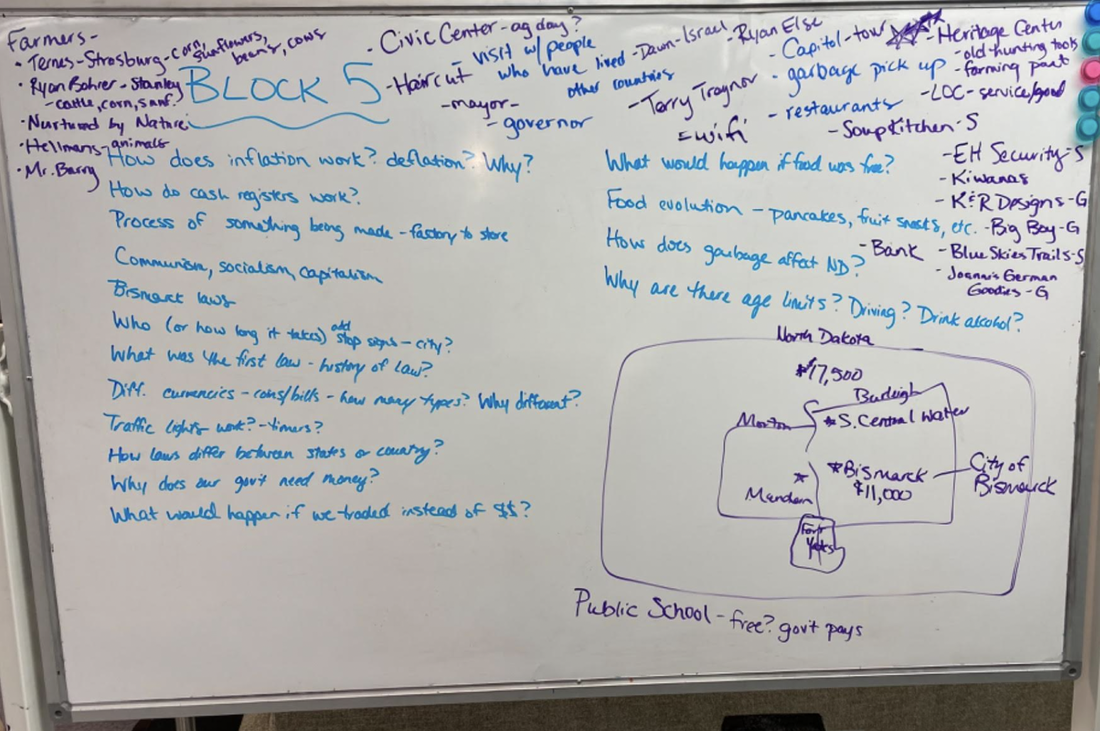
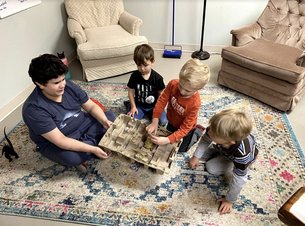
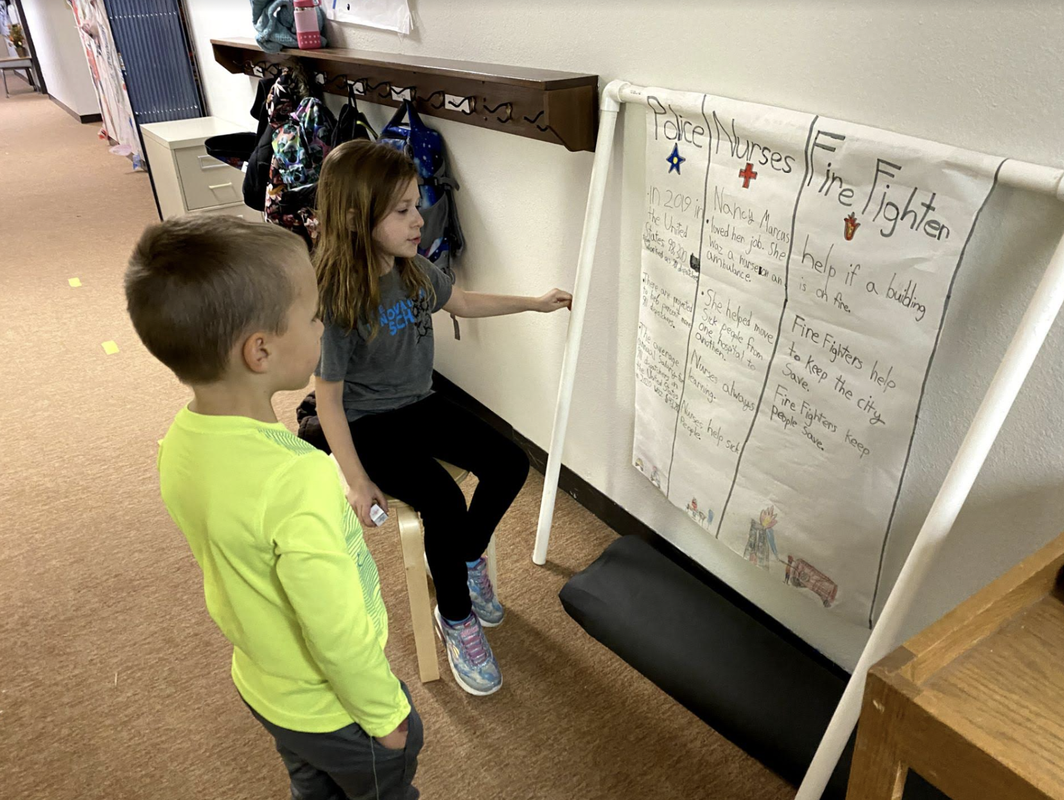
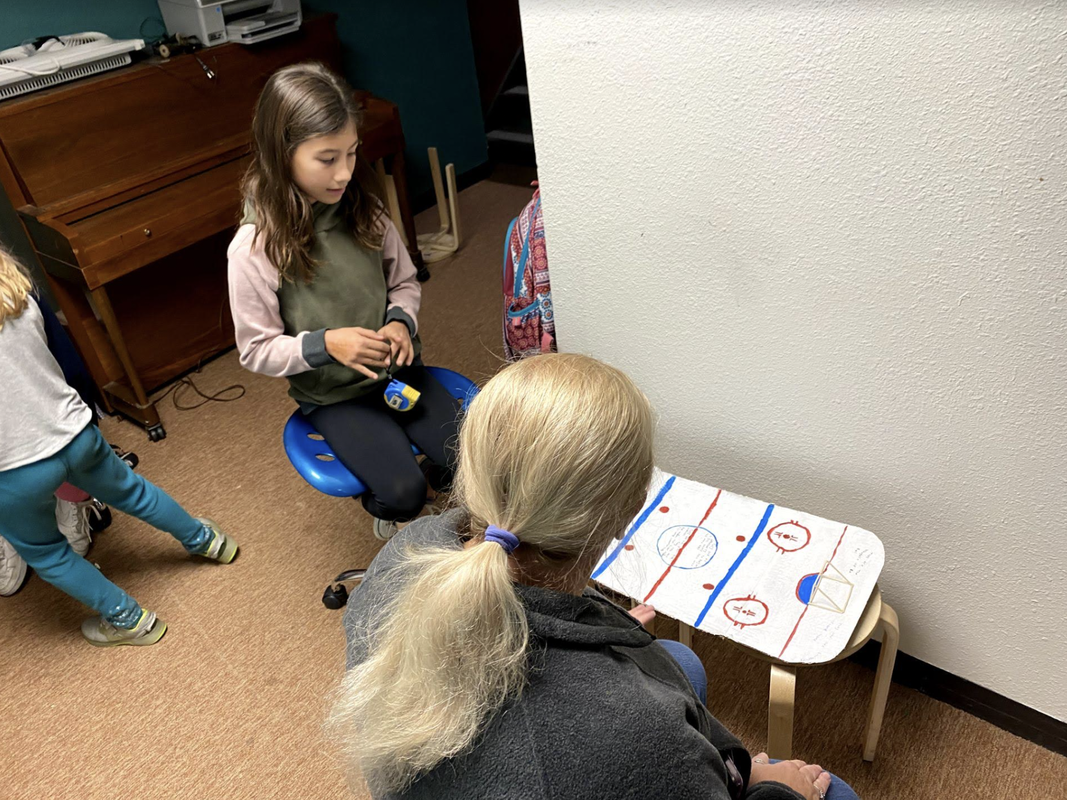
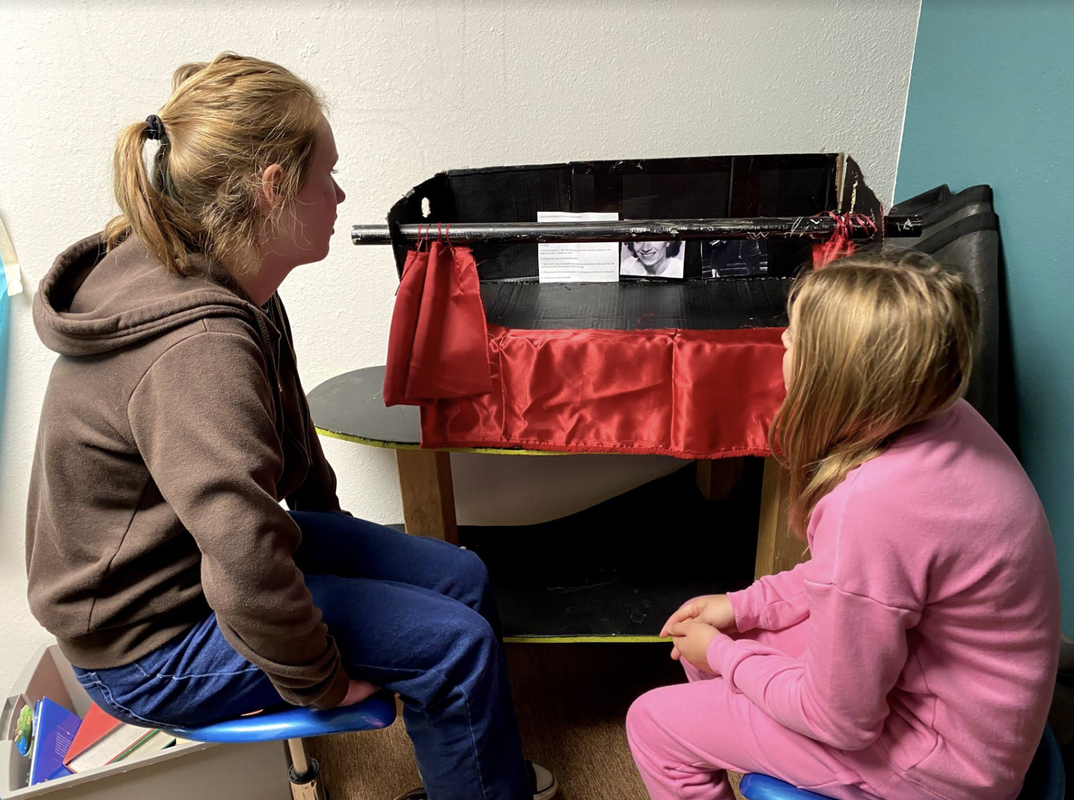
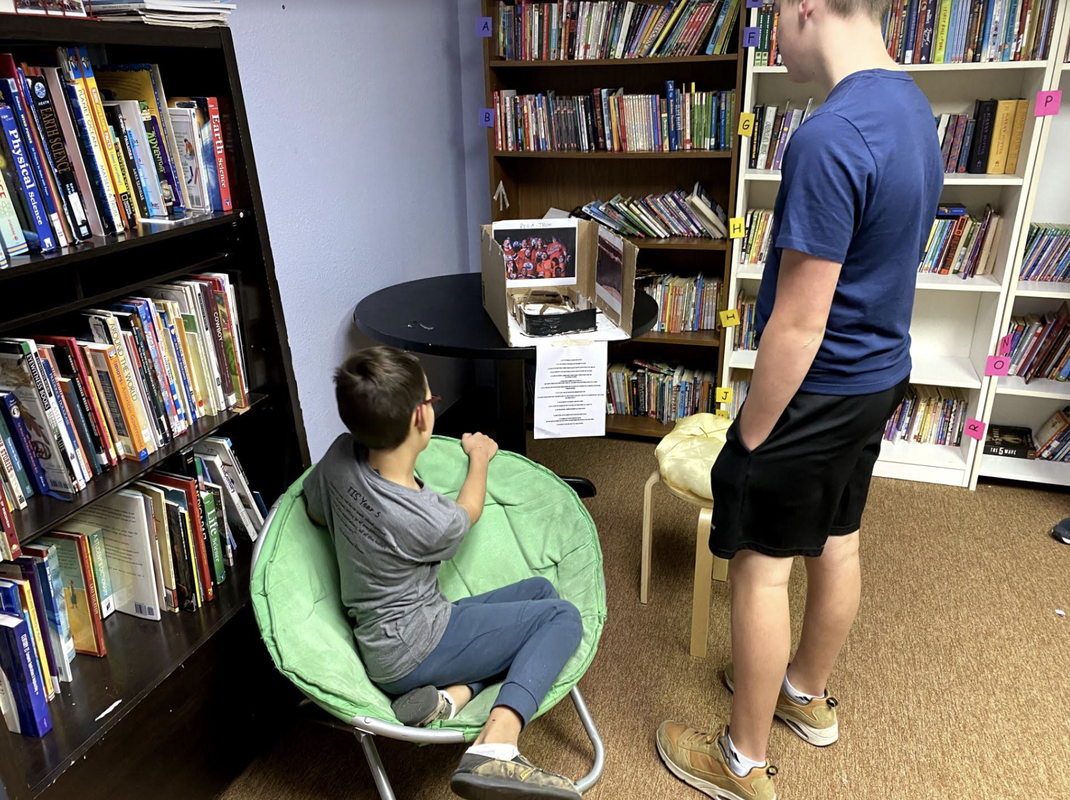
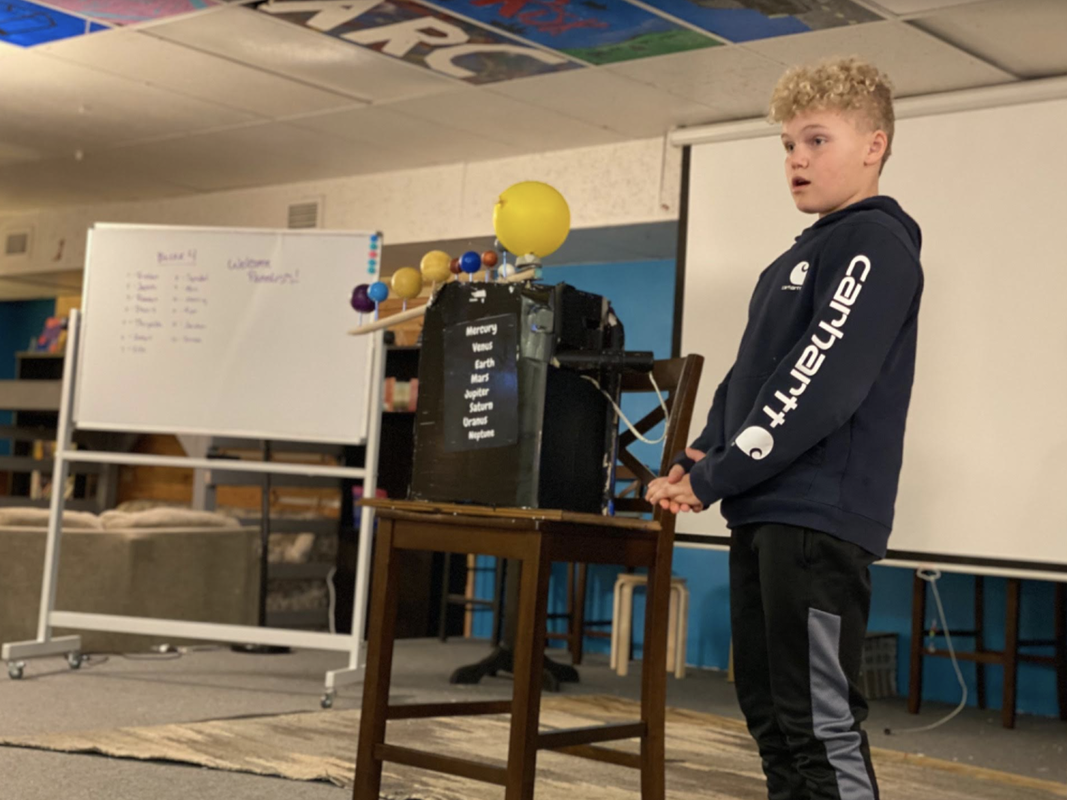
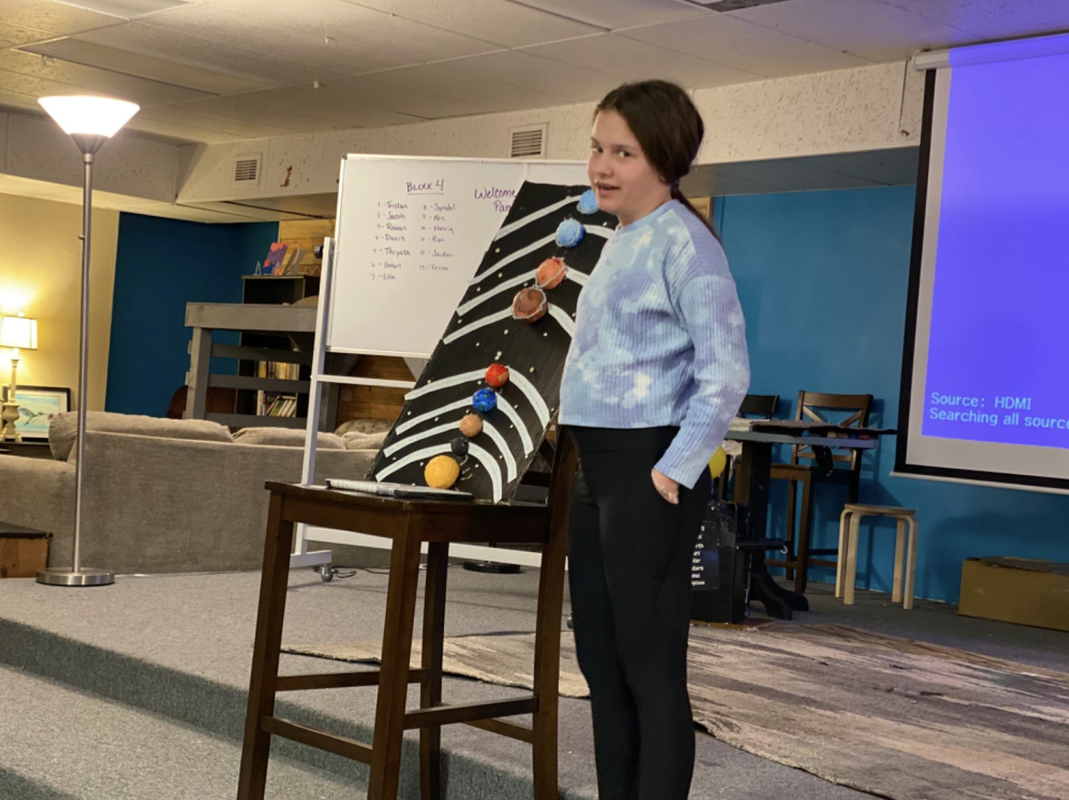
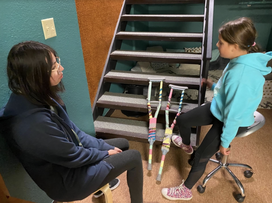
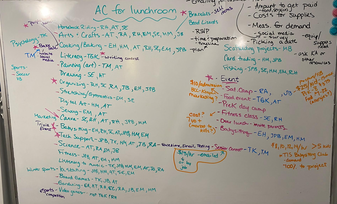
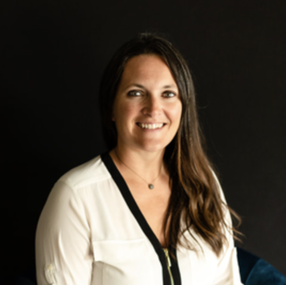
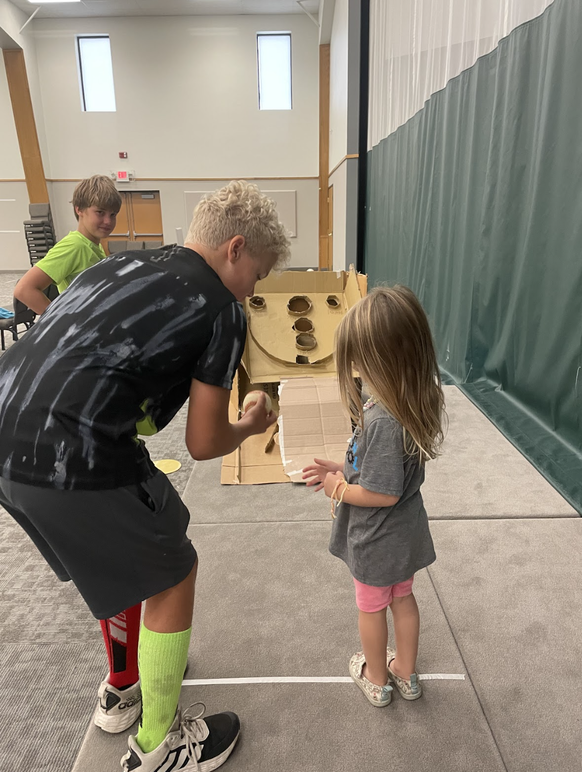
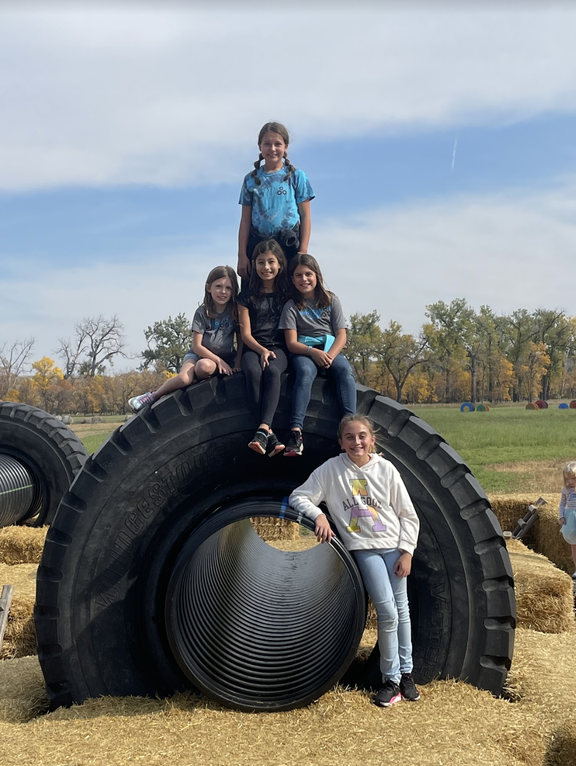
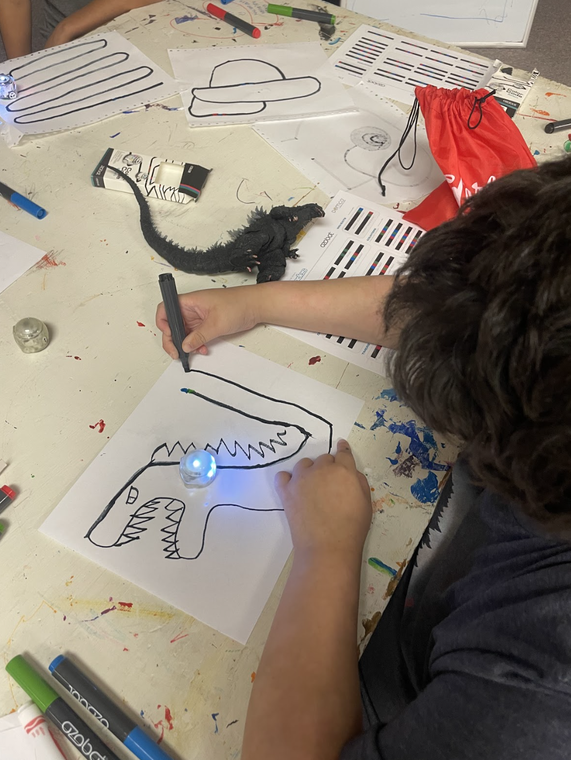
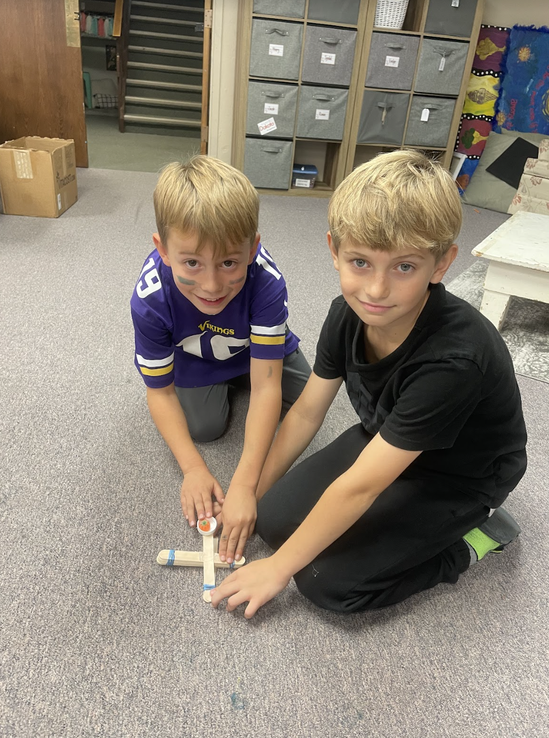
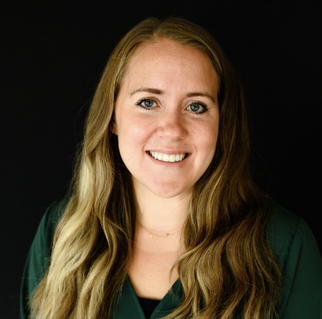
 RSS Feed
RSS Feed
